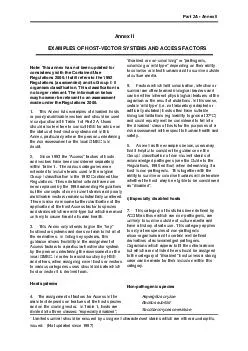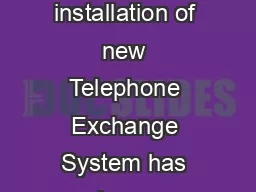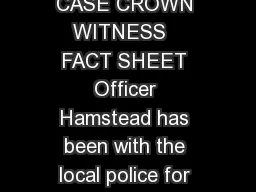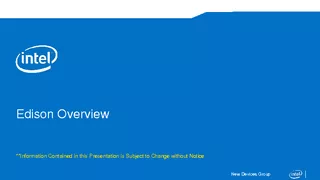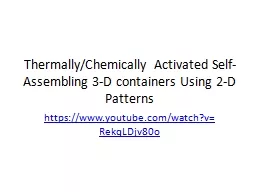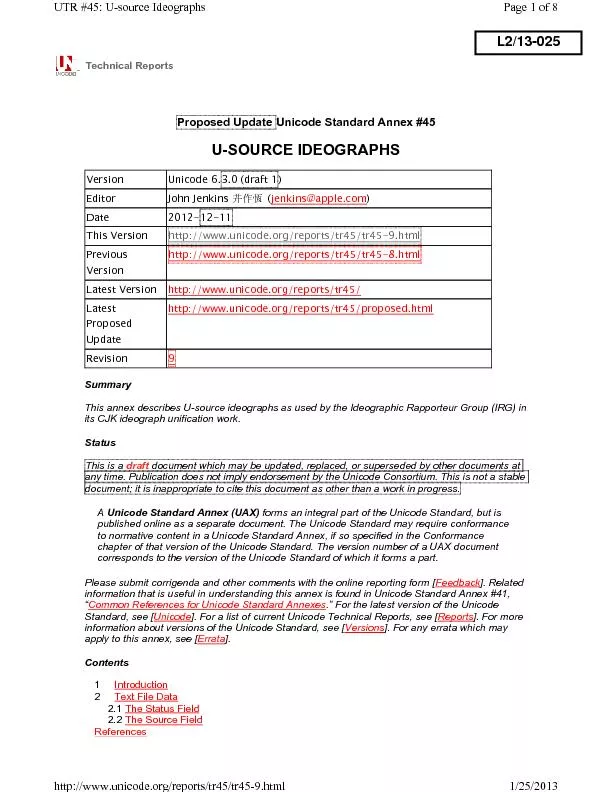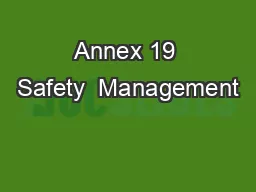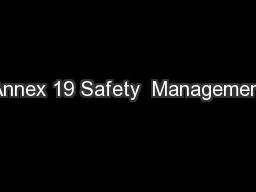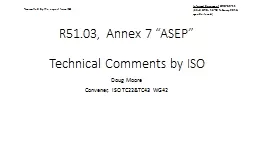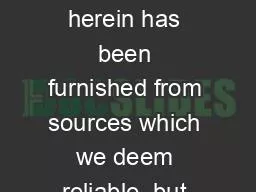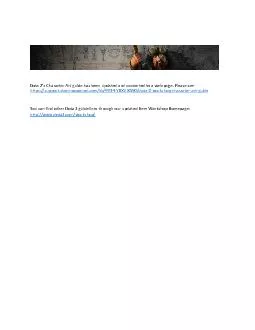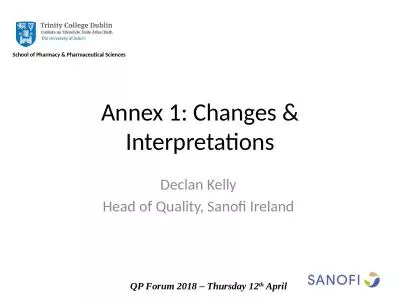PDF-Note: This annex has not been updated forconsistency with the Containe
Author : natalia-silvester | Published Date : 2015-09-07
Issued Not updated since 1997 1Limited survival should be ensured by using well characterised strains which are either auxotrophic nnex IIEXAMPLES OF HOSTVECTOR
Presentation Embed Code
Download Presentation
Download Presentation The PPT/PDF document "Note: This annex has not been updated fo..." is the property of its rightful owner. Permission is granted to download and print the materials on this website for personal, non-commercial use only, and to display it on your personal computer provided you do not modify the materials and that you retain all copyright notices contained in the materials. By downloading content from our website, you accept the terms of this agreement.
Note: This annex has not been updated forconsistency with the Containe: Transcript
Download Rules Of Document
"Note: This annex has not been updated forconsistency with the Containe"The content belongs to its owner. You may download and print it for personal use, without modification, and keep all copyright notices. By downloading, you agree to these terms.
Related Documents

